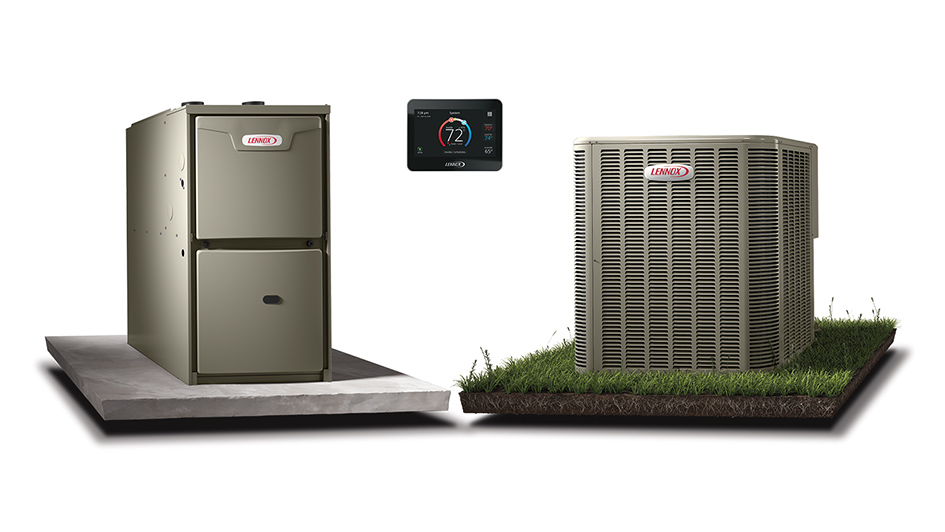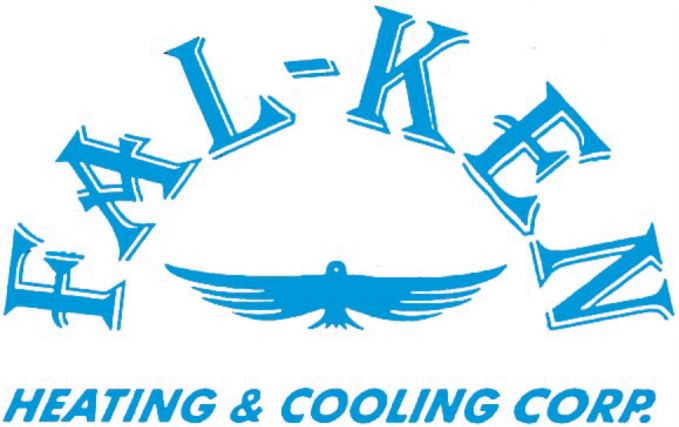
The thought of installing both a furnace and heat pump may sound a little odd at first. After all, why do you need two sources of heat? While furnaces and heat pumps both deliver energy-efficient heat, the variations in their design actually make employing both of them a reasonable option. It’s not for all of us, but in the right conditions you will absolutely benefit from using a furnace and a heat pump.
You’ll need to consider several factors in order to confirm if this sort of setup helps you. Your local climate and the size of your home are both highly important, especially for the heat pump. This is because multiple models of heat pumps begin to function less effectively in cooler weather and large homes. That being said, you can still take advantage of heat pump installation in Holbrook.
Heat Pumps Might Be Less Effective in Winter Weather
Heat pumps are typically less effective in cooler weather as a result of how they generate climate control to start with. Unlike furnaces, which burn fuel to create heat, a heat pump reverses its stream of refrigerant to draw heat from outdoor air. This heat is then drawn inside and dispersed all through your home. As long as there is still a bit of heat energy in the air, a heat pump will function. But the lower the temperature, the less efficient this process is.
The less heat energy is usable outside, the more time is needed for a heat pump to draw heat indoors to generate your desired temperature. It may depend on the type of make and model, but heat pumps can start to lose out on efficiency at temperatures of 40 degrees and below. They still remain an energy-efficient option until 20-25 degrees, at which a gas furnace is more effective.
What Temperatures Do Heat Pumps Perform Best In?
Heat pumps manage best in temperate climates 40 degrees and up. That said, you don’t have to give up on the benefits of a heat pump just because the local climate is cooler. In fact, that’s why owning both a furnace and heat pump might be worth the costs. You can favor the heat pump for energy-efficient heat until the weather is cold enough to warrant swapping to something like a gas furnace.
A few makes and models boast greater efficiency in cooler weather. For example, the Lennox MLA heat pump is capable of operating at 100% capacity at 0°F. It can even remain efficient in temperatures as cold as -22°F. For maximum energy efficiency, you’ll likely still want to switch to the furnace in severely cold weather.
So Should I Put in a Heat Pump if I Have a Gas Furnace?
If you’re interested in maintaining the most energy-efficient HVAC system achievable, installing a heat pump and gas furnace at the same time is worth the investment. Not only is a dual-heating system versatile, but it offers other benefits such as:
- A source of backup heating – A redundant heating system means even if one fails, you still have the capability to heat your home. It might not be the most energy efficient, but it’s better than living in an unheated home while you wait for repairs.
- Reduced energy costs – The ability to decide which heating system you use according to the highest energy efficiency reduces your total costs. Smaller heating bills over the life of these heating systems can really add up to a lot of savings.
- Less strain on both systems – Compared to running one system all winter long, heating duties are split between the furnace and heat pump. Key hardware may survive longer given that they’re not under nonstop use.
If you’re still uncertain about heat pump installation in Holbrook, don’t hesitate to get in touch with your local certified technicians. They can walk you through your home’s comfort needs and help you decide if a dual-heating HVAC system is the best option.
